To provide the best experiences, we use technologies like cookies to store and/or access device information. Consenting to these technologies will allow us to process data such as browsing behaviour or unique IDs on this site. Not consenting or withdrawing consent, may adversely affect certain features and functions.
The technical storage or access is strictly necessary for the legitimate purpose of enabling the use of a specific service explicitly requested by the subscriber or user, or for the sole purpose of carrying out the transmission of a communication over an electronic communications network.
The technical storage or access is necessary for the legitimate purpose of storing preferences that are not requested by the subscriber or user.
The technical storage or access that is used exclusively for statistical purposes.
The technical storage or access that is used exclusively for anonymous statistical purposes. Without a subpoena, voluntary compliance on the part of your Internet Service Provider, or additional records from a third party, information stored or retrieved for this purpose alone cannot usually be used to identify you.
The technical storage or access is required to create user profiles to send advertising, or to track the user on a website or across several websites for similar marketing purposes.
 A new report from the British Council for Offices urges landlords and office occupiers to invest in design for neurodiversity, as disabling workspaces continue to hinder wellbeing. The report examines how the neurodiverse community remains underserved and often unsupported in the current employment ecosystem, and in turn, outlines the considerations that built environment practitioners can take to make offices enabling environments, and the crucial role of more inclusive designs. (more…)
A new report from the British Council for Offices urges landlords and office occupiers to invest in design for neurodiversity, as disabling workspaces continue to hinder wellbeing. The report examines how the neurodiverse community remains underserved and often unsupported in the current employment ecosystem, and in turn, outlines the considerations that built environment practitioners can take to make offices enabling environments, and the crucial role of more inclusive designs. (more…)





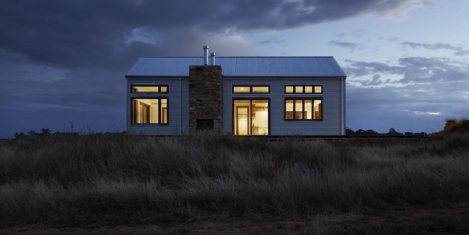
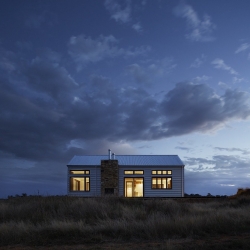

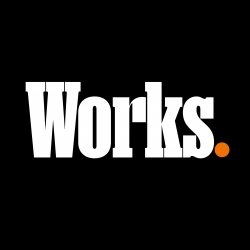





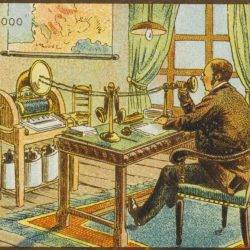 At the 1983 International Design Conference in Aspen, Steve Jobs delivered a speech addressing the theme of the conference; The Future Isn’t What It Used to Be. In it he set out his thoughts on new technology, intuitive design, personal computing as well as the need for a constantly evolving idea of what the future will look like, including the future of work.
At the 1983 International Design Conference in Aspen, Steve Jobs delivered a speech addressing the theme of the conference; The Future Isn’t What It Used to Be. In it he set out his thoughts on new technology, intuitive design, personal computing as well as the need for a constantly evolving idea of what the future will look like, including the future of work. 

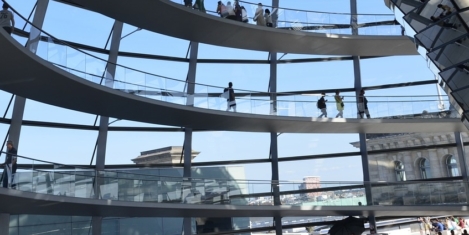
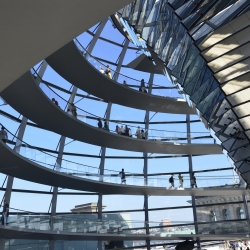


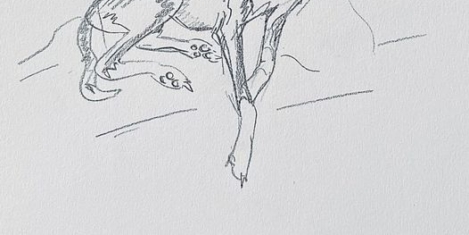
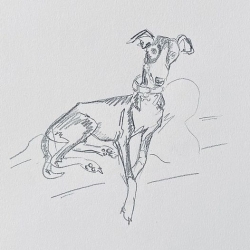 You probably saw that meme based on an article in the
You probably saw that meme based on an article in the 










May 26, 2022
Extraverts don’t always make the best leaders
by Blaine Landis • Comment, Workplace